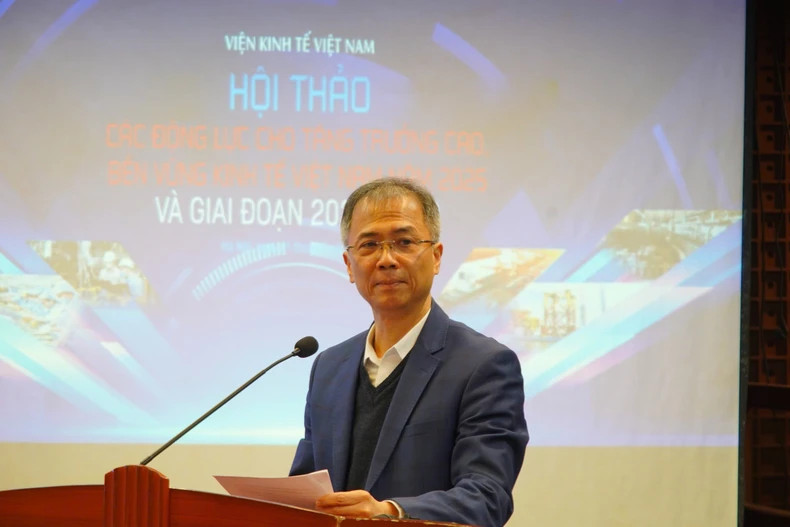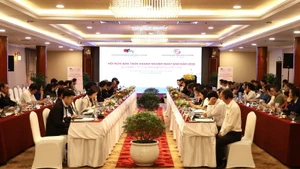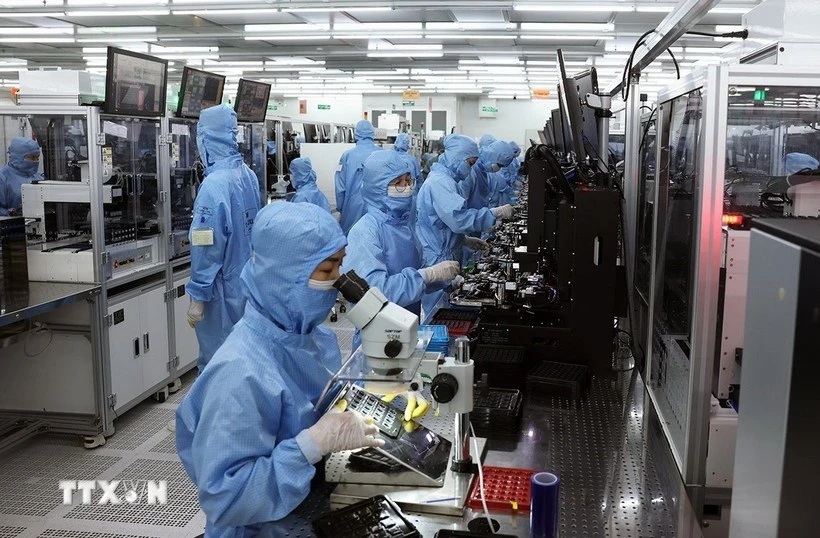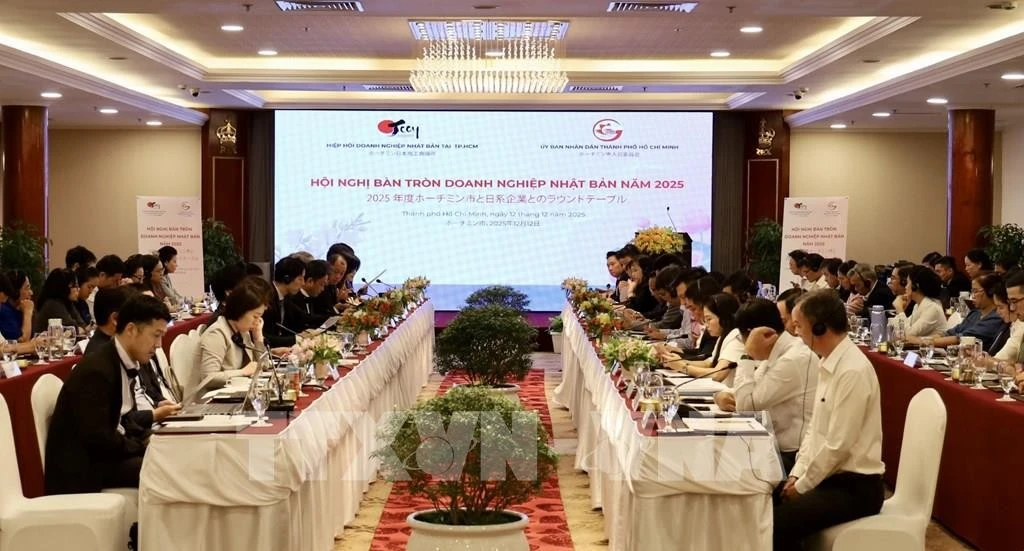Speaking at the event, held in Hanoi on April 1, Dr Dang Xuan Thanh, Vice President of the Vietnam Academy of Social Sciences, emphasised that to achieve the 8% growth target in 2025 and sustain double-digit growth in the coming years, Vietnam must clearly identify new drivers for sustainable development.
The economy needs to shift away from traditional growth drivers such as cheap labour and natural resource exploitation toward more modern and sustainable factors. Institutional reforms, science and technology, digital and green economics, and the enhancement of human capital quality will be the key pillars for breakthroughs in economic growth.
At the conference, Dau Anh Tuan, Deputy Secretary General and Head of the Legal Department of the Vietnam Chamber of Commerce and Industry (VCCI), proposed six breakthrough solutions to boost business development and economic growth. One of his key recommendations was the creation of tailored policies for domestic private enterprises. He also highlighted the role of large private corporations in paving the way for smaller businesses and fostering a dynamic and sustainable business ecosystem.
Meanwhile, Tran Phong Lam, Business Director for the Government Sector at FPT Information System Corporation, stressed that the digital economy is a strategic driver for Vietnam’s rapid and sustainable growth.
While Vietnam’s digital economy is expanding quickly, challenges remain, including inconsistent data infrastructure, lagging legal frameworks, a shortage of tech talent, and limited access to capital for businesses. To overcome these hurdles, Lam suggested that Vietnam should learn from international experiences, invest in digital infrastructure, refine its regulatory framework, support business digital transformation, enhance workforce training, and attract investment.
The conference featured extensive discussions among researchers, experts, and policymakers. Delegates agreed that to achieve high and sustainable growth, Vietnam must transition toward an innovation-driven economic model, improve productivity and self-reliance, and, most importantly, resolve institutional bottlenecks as a top priority.
















